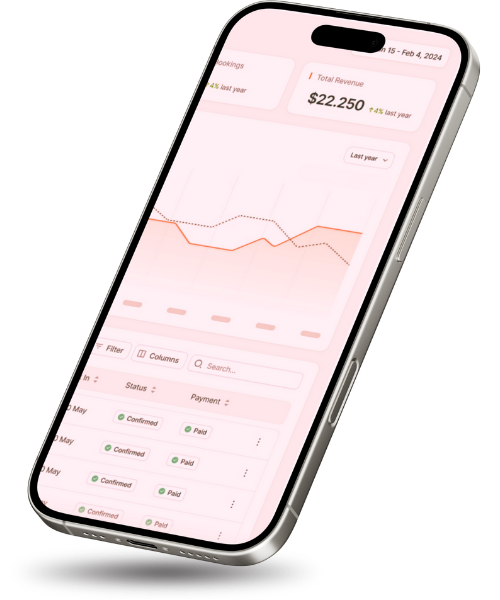LOS – Length of Stay
What is the meaning / definition of Length of Stay in the hospitality industry?
LOS stands for Length of Stay. Figure derived by dividing the number of room nights by the number of bookings.
When it comes to revenue management, LOS is an important criteria. It can help enormously with the organising and optimisation of occupancy within a hotel.
There a different types of LOS, in fact.
Let’s consider these now…
Average Length Of Stay (ALOS)
This is used to estimate the relative values of various segments and to keep track of hotel performance in attracting and keeping guests in house.
Some hotels have certain booking policies in place.
These can be used to manipulate booking factors when seeking to fill as many rooms as possible.
One such policy is:
Minimum Length Of Stay (MinLOS)
MinLOS is implemented when a hotel is facing a high demand period, following a lower one (a hectic time after a quiet time, in other words!).
A MinLos policy helps regulate reservations, meaning that short-stayers and last-minute one night stays are avoided. Consequently this can improve the occupancy ratios on the following days where there is perhaps low demand.
This policy is intended/used when turning down new arrivals on a day of expected high-demand, with only guests from previous night stays being allowed to get through.
Maximum Length Of Stay (MaxLOS).
MaxLos is one of the strategies in Revenue Management that limits the number of nights a guest or group can stay when arriving on a certain date.
This control is used when the hotel manager anticipates selling out rooms at higher rates.
Using MaxLos, a hotel can limit the number of rooms sold at large discounts during the high rate time period by limiting the (discounted) multi-night stays extending into that time period.
To accommodate guests who would like to stay at the hotel longer than the maximum length, it is possible to charge two rates: 1) a discount rate for nights up to the maximum, and 2) a rack rate for subsequent nights.
Keep in mind and be sure that the hotel will have high demand during that period; otherwise, you could decrease RevPAR (Revenue Per Available Room) instead of improving it!
- Formula Average Length of stay (ALOS) = Total occupied room nights / Total bookings
- Calculation Average Length of stay (ALOS) = 111 / 37 = 3
See Also:
Synonyms
- LOS
- Length of stay
* Hotel Terminology Glossary by Xotels Revenue Management Consulting

Share This Story, Choose Your Platform!

About the Author:
As CEO and Founder of XOTELS, Patrick Landman has made it his mission to turn hotels and resorts into local market leaders. XOTELS´ diverse expertise and deep-knowledge across revenue management consulting, hotel management, and hotel consulting, enables us to drive results for independent boutique hotels, luxury resorts, and innovative lodging concepts. Below you will find opinion articles written by Patrick Landman.


